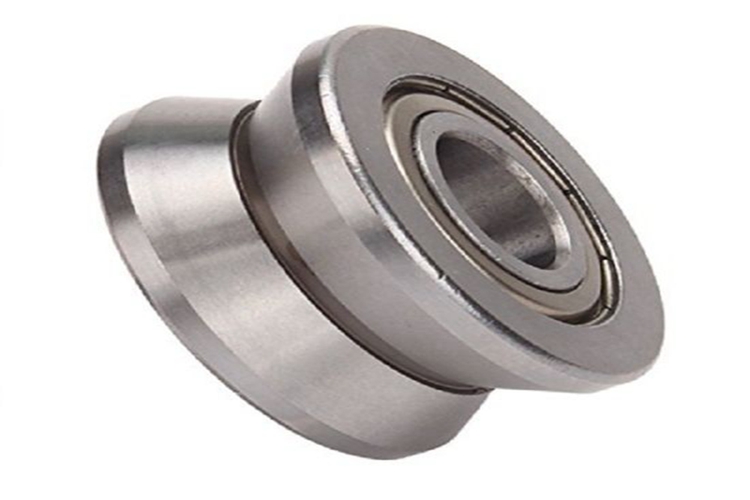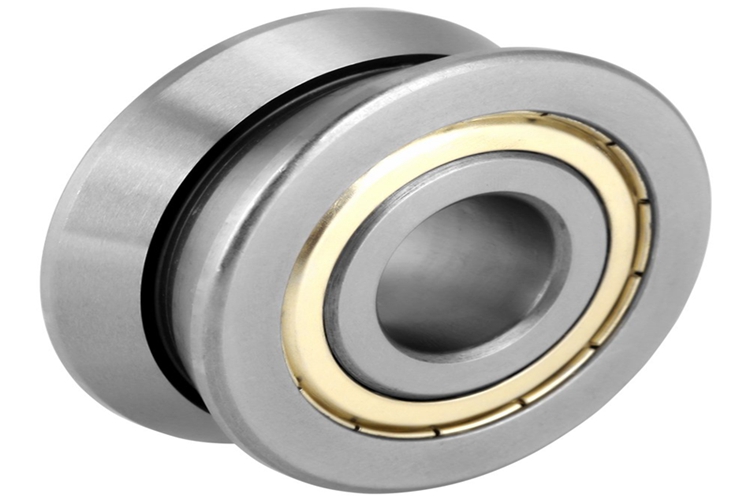At present, the water supply pipes used for residential decoration are mainly PPR pipes and copper pipes. PPR tube: The official name of PPR is random copolymerized polypropylene, which is a random copolymer of propylene and other olefin monomers. There are no other functional groups in the olefin monomer. As a new type of water pipe, the PPR pipe has the following characteristics: 1. Hygienic, non-toxic, can be directly used in pure water, drinking water pipeline system. 2. Corrosion resistance, not easy to scale, eliminating secondary pollution caused by rust and scaling of galvanized steel pipe. 3. Heat-resistant, can transport hot water with temperature below 70 °C for a long time, can withstand the high temperature of instantaneous 95 °C. 4. The heat preservation performance is good. The thermal conductivity at 20 °C is only about 1/200 of the steel pipe and 1/1400 of the copper pipe. 5. Light weight, high strength, PPR density of 0.89 ~ 0.91g / cm3, only 1 / 9 of steel pipe, 1 / 10 of copper tube. 6. The fluid resistance in the pipeline is small, the inner wall of the pipe is smooth, it is not easy to scale, and the fluid resistance is much lower than that of the metal pipe. 7. It adopts hot-melt socket connection, which is simple and reliable to install and has a long service life. In recent years, domestic PPR pipes have developed rapidly, but the quality of products on the market is mixed, and there is a phenomenon of mixed fish and dragons. Regardless of the cold water pipe or the hot water pipe, the material of the pipe should be the same, and the cold and hot water pipes are only different in wall thickness. However, it is more common in the market to use pipe and hot water pipe for better raw materials, and cold water pipe PPB (PPB is block copolymerized polypropylene) to impersonate PPR. In this case, the weld is prone to breakage due to different materials. , de-soldering, leaking, etc. Consumers should pay attention to the identification of the pipe on the purchase, the product name should be "regular copolymer polypropylene pipe for hot and cold water" or "PP-R pipe for hot and cold water", and there is a national standard "GB" /T18742-2002". Care should be taken when the product is found to have other names or to perform other standards. In general, the hot water pipe should be selected from the pipe series S of 2.5 or less, that is, the pipe wall thickness of the outer diameter 20 should be 3.4 mm or more, and the wall thickness of the pipe of 25 should be 4.2 mm or more. In addition, the coefficient of linear expansion of the PP-R pipe is about 10 times that of the copper pipe, and attention should be paid to the room for expansion and contraction during construction and installation. Copper tube: The chemical properties of copper are quite stable and not easily corroded. The strength of the copper tube is much higher than that of the plastic tube and can withstand considerable pressure. Compared with the steel tube, the copper tube has good toughness and does not crack or break under strong frost heaving and impact. Copper has a high melting point and can transport safely for long periods of time even at temperatures up to 200 °C. The copper tube has good permeability resistance. During use, its surface can form a protective film with dense structure and no dissolution by the medium. It can not be used for grease, carbohydrate, bacteria and virus, harmful liquid, oxygen or ultraviolet light. Pass through it to erode the wall. The connection method of copper pipes is mainly divided into two categories: mechanical connection and brazed connection. The mechanical connection is divided into a card sleeve type, a plug type and a crimp type connection. The card sleeve connection is a relatively simple construction method, which is easy to operate and easy to grasp, and is a commonly used connection method in construction. As long as the end face of the pipe cut can be perpendicular to the axis of the pipe, and the burr at the cut is cleaned, the position of the snap ring is correctly placed when the pipe fitting is assembled, and the nut is tightened to achieve a tight connection of the copper pipe. The plug-in connection is also a simple construction method. As long as the end surface of the slit is perpendicular and the burr tube is removed, the tube can be inserted into the tube. This connection method mainly relies on the stainless steel clamping ring in the special tube to fasten the steel wall. In the pipe fitting, the "O" type rubber ring which is tightly fitted with the outer wall of the copper pipe is used for sealing. The crimp connection is a more advanced construction method, and the operation is also simpler, but it is necessary to equip the copper pipe and the pipe fitting into one body with a special and complete crimping machine. This method of attachment is accomplished by the use of a rubber ring in the flange of the tubular member. Brazing joints in copper pipe construction are the most widely used. Brazing is to heat copper pipes and copper pipes together with copper-phosphorus brazing filler metal or tin solder which has a lower melting point than copper. In copper pipes and copper pipe fittings, they are not melted. In this case, heating is continued until the solder melts, and then the molten solder is filled into the gap of the socket, and the crystal is cooled to form a brazed joint to become a strong joint. The current national standard for copper pipes is GB/T18033-2000. The copper pipes for water supply are generally T2 or TP2 alloys, and the copper content should be above 99.9%. The disadvantage of copper tubes is that they conduct heat quickly. In order to avoid this disadvantage, it is preferable to cover the outer surface of the copper pipe for conveying hot water to reduce heat loss. Although there are plastic copper pipes on the market, the heat preservation effect is limited. It is better to put a foam rubber and plastic pipe shell on the outer surface to improve the heat preservation performance of the hot water pipe. Regardless of the type of water pipe selected, the following points should be noted: 1. Concealed buried pipes should use as few joints as possible, and a complete pipe should be used. 2. Try not to go underground from the pipeline. 3. After the installation of the water pipe is completed, the pressure must be tested. The concealed project should be closed after the pressure test is no problem. 4. After the installation is completed, you must obtain the warranty book and the pipeline trend map. 5. It is best to install the water pipe manufacturer or professional team. V Type Deep Groove Ball Bearing V-groove bearings are precision ground, double row, angular contact bearings. The concentric and adjustable bushings provide a simple, effective means of adjusting the free play of the guide wheel system. Ideal for linear motion applications where the bearing runs along a rail or track as well as cable guide applications.
• Specialty applications
V Type Deep Groove Ball Bearing,High Speed V Groove Bearing,Miniature V Deep Groove Bearing,High Speed V Groove Ball Bearing Shijiazhuang Longshu Mechanical & Electrical Equipment Trading Co., Ltd. , https://www.lsjgbearing.com
Types: V-groove, U-groove, G-groove, guide wheel
Configurations: Sealed, Shielded, open
Materials: 52100 steel, stainless steel
NPB offers concentric and adjustable configurations, single and double row, in both inch and metric sizes from stock.
Typical applications include:
• Robotics
• Material handling
• Door actuation
• Pulleys



